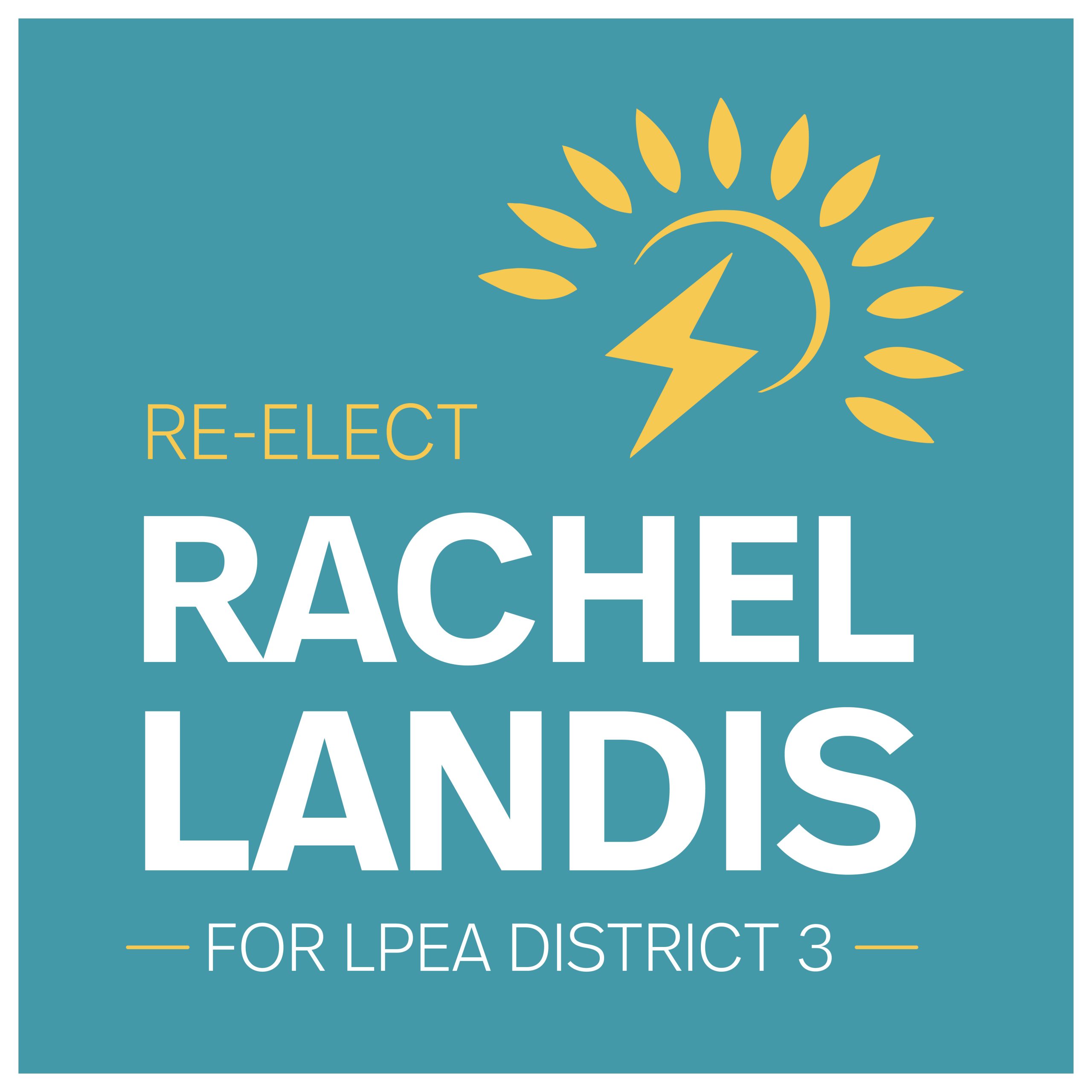Get In Touch
Have a question or just want to get in touch? Message be below!
Send a Message
Frequently Asked
LPEA is examining buying out its contract from Tri-State Generation & Transmission. Do you believe buying out the contract is the proper course to follow, please explain your position?
I am a vocal advocate that the coop’s goals should define any action that we take. In 2019, LPEA committed to reducing our carbon footprint by 50% by 2030 while maintaining rates at 70% of our peers. To achieve that goal, we are investigating three strategies — 1) Work within our existing TSGT contract to push to increase local clean power production, 2) Participate in TSGT’s Contracts Committee to create new contract options, and 3) Explore the process and implications of exiting our contract and acquiring cleaner power elsewhere. I will support the option that meets our above 50-30-70 goal and thus is of the most benefit to our members.
At what point is buying out the contract too expensive to consider?
If a buy-out would end up costing our members more than TSGT’s projected rates, I would consider the cost of a contract buy-out too expensive. To support a buy-out, the energy cost savings associated with buying cleaner and more affordable power must be equal to or greater than the cost of a full- or partial-contract buy out. Third party studies have shown that LPEA could save millions each year through a cleaner power portfolio. LPEA is currently asking the Colorado PUC to provide the TSGT buy-out number, so we can complete our calculations and make our determination.
Tri-State has recently allowed members to increase their local generation of energy from 5% to 7% or an additional 2 megawatts of electricity. One reason for seeking to buy out the Tri-State contract was the cap of locally generated electricity, especially renewable generation, to 5%. Does Tri-State’s move to allow up to 7% or 2 additional megawatts, provide sufficient flexibility to negate the need to buyout the Tri-State Contract?
While a small step in the right direction, Tri-State’s recent shift to permit the installation of a solar community garden that is the lesser of 2% of load or 2MW 1) is not nearly of a sufficient scale to allow us to get anywhere near the substantial rate saving associated with large-scale installations, 2) is such a tiny part of our local electricity supply (less than 2% of peak), that it does little to decrease our carbon emissions and 3) is still governed by Tri-State Policy 119 allowing them to charge additional fees, as with our current solar gardens.
